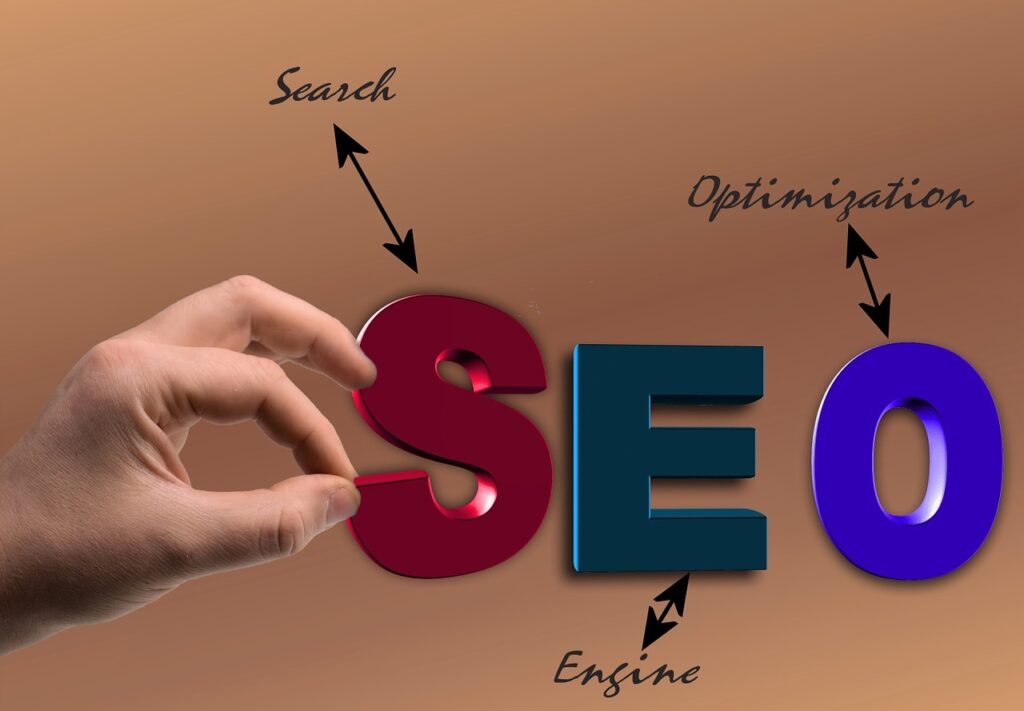Understanding the psychology of search is the key to unlocking successful SEO strategies. By comprehending why users search and what they hope to find, businesses can optimize their content, website structure, and ultimately improve their search engine rankings. In this article, we will explore the different types of user intent, methods to uncover it, psychology of search, and actionable steps to align your SEO efforts with user needs.
What is User Intent?
User intent refers to the underlying motivation or purpose that drives an individual’s search query. It encompasses the reason behind the search and what the user hopes to accomplish by engaging with search results. Recognizing user intent helps businesses create targeted content and deliver relevant information to their audience.
Types of User Intent
Understanding the different types of user intent is essential for tailoring your SEO strategy. Here are the three primary types:
Informational Intent: Users with informational intent seek answers, facts, or explanations. They are looking for information to satisfy their curiosity or gather knowledge about a specific topic.
Navigational Intent: Users with navigational intent already have a destination in mind and are searching for a particular website, brand, or resource. They are looking for a specific entity or page.
Transactional Intent: Users with transactional intent are ready to make a purchase or engage in a specific action. They are looking for product information, reviews, pricing, or a platform to carry out their desired transaction.
Uncovering User Intent
To understand user intent effectively, you need to employ various research techniques:
Keyword Research: Conduct keyword research to identify the search terms commonly used by your target audience. Look for keywords related to your industry or niche, and pay attention to longtail keywords that reflect specific user intent.
Analyzing SERPs: Analyze search engine results pages (SERPs) for your target keywords. Observe the types of content that appear at the top of the results and understand the user intent behind those rankings. Take note of the formats (e.g., articles, videos, product pages) that best align with user intent.
User Surveys and Feedback: Engage with your audience through surveys, feedback forms, or social media interactions. Ask them about their search habits, what they expect to find when searching for specific queries, and their preferences for content formats. This direct input from users can provide valuable insights into their intent.
Aligning Content with User Intent
Once you have a clear understanding of user intent, it’s time to align your content creation efforts accordingly:
Crafting Relevant Headlines: Craft compelling and relevant headlines that directly address the user intent behind a specific query. Use the target keyword and power words to grab users’ attention and clearly indicate that your content fulfills their needs.
Creating Comprehensive Content: Develop content that thoroughly answers the questions or fulfills the user’s intent behind their search. Provide valuable information, actionable advice, or engaging narratives that keep users on your page and encourage them to explore further.
Utilizing Visuals and Multimedia: Enhance your content by incorporating relevant visuals, such as images, infographics, or videos. Visual elements help communicate information more effectively and cater to users who prefer visual learning or engagement.
Optimizing Website Structure for User Intent
In addition to content optimization, your website’s structure should support and guide users in fulfilling their intent:
Intuitive Navigation: Ensure your website has a clear and intuitive navigation menu that helps users find the information or resources they seek. Categorize your content logically and make it easily accessible through user-friendly menus or search functionality.
Clear Calls to Action: Place clear and compelling calls to action (CTAs) strategically throughout your website. Whether it’s a sign-up form, a purchase button, or a contact option, guide users towards the desired actions that align with their intent.
User-Friendly Mobile Experience: Optimize your website for mobile devices, as a significant portion of searches are performed on smartphones and tablets. Responsive design, fast loading times, and mobile-friendly interfaces ensure a seamless user experience and better cater to users’ intent.
Measuring and Adapting
To continuously improve your SEO strategy based on user intent, monitor, measure, and adapt:
Monitoring Analytics: Regularly monitor website analytics, including user behavior, traffic sources, and conversion rates. Analyze which pages or content formats perform best in terms of fulfilling user intent and adjust your strategy accordingly.
A/B Testing: Conduct A/B tests to compare different versions of your content or website structure. Test variations that align with different user intents to determine which elements resonate most effectively with your target audience.
Incorporating User Feedback: Actively listen to user feedback and incorporate it into your SEO strategy. Pay attention to comments, reviews, or direct messages from users to gain insights into their satisfaction, pain points, and expectations.
Conclusion
Understanding the psychology of search is a game-changer for successful SEO. By grasping the psychology of search and tailoring your content and website structure accordingly, you can increase search engine rankings, improve user engagement, and boost conversion rates. Remember to continuously analyze, adapt, and align your strategies with evolving user intent to stay ahead in the competitive online landscape.


